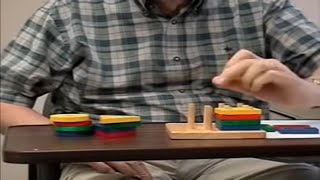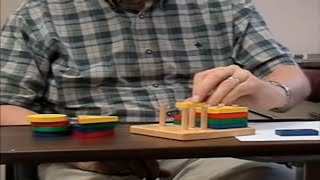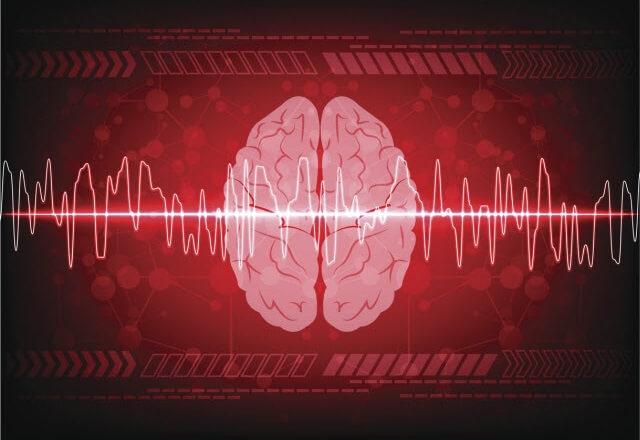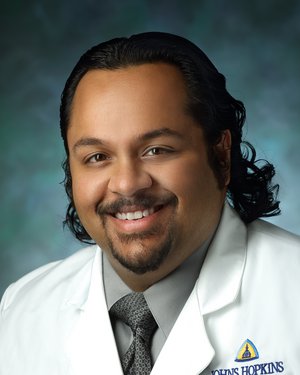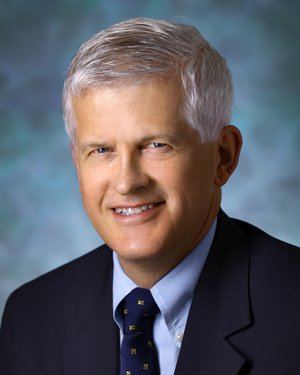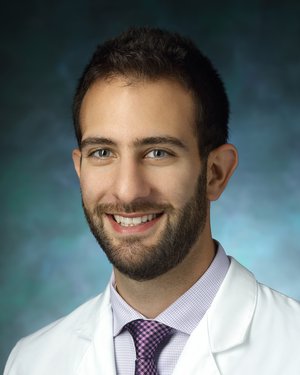Conditions We Treat: Essential Tremor
Essential tremor, previously called “familial tremor” or “benign essential tremor,” is the most common movement disorder and may run in families. When severe, it is certainly not “benign” and can affect your ability to eat, drink, write or perform other activities of daily living. Johns Hopkins essential tremor specialists offer the latest treatments to help you minimize symptoms and maximize independence and well-being.
Why Choose Johns Hopkins
- Essential tremor affects different people in different ways. Our vast experience in research and in treating patients helps us create a custom treatment plan that addresses your unique concerns.
- Your treatment plan might include medications. If so, the team will work with you to get positive results while minimizing potential side effects.
- Nonoral medications, such as botulinum toxin injections, can be considered and may avoid the possible side effects of oral medications.
- If medications and other nonsurgical approaches do not adequately control essential tremor, we might refer you to the Neuromodulation and Advanced Treatments Center for neuromodulation techniques, such as deep brain stimulation (DBS).
- Our team includes leading researchers who translate scientific findings to more effective treatment.
What to Expect
Your first visit with a neurologist on our team will start by determining how essential tremor is affecting your daily life. The doctor will ask questions about your medical history, your family history and your symptoms. Tests may be needed to determine if your symptoms are due to essential tremor or another condition, such as hyperthyroidism.
Certain medications may worsen essential tremors. If you are taking any such drugs, we’ll work with you and your other doctors to reduce doses or find substitutes if possible. You will also get guidance on lifestyle modifications that can minimize symptoms, such as reducing caffeine.
Your treatment plan may include one or more of these approaches:
- Weighting: If your essential tremor symptoms are mild, simple wrist weights may provide relief and improve hand and arm function.
- Biofeedback: This noninvasive technique, sometimes used for relaxation, can help you gain more control over stress and make it easier to deal with essential tremor.
- Medications: Medications commonly used to treat essential tremor include beta-adrenergic blockers (beta blockers), such as propranolol, and the anti-seizure medication primidone.
Surgical Options
If medications don’t control your essential tremor or if they cause too many side effects, your doctor might recommend surgery. Minimally invasive approaches, such as deep brain stimulation, are available and can help “deactivate” the part of the brain where essential tremor originates. It’s important to remember that surgical implantation of the DBS device is only part of the procedure. It takes time and commitment to get the best outcome, including extensive pre-surgical testing and mapping and follow-up visits for adjustment of the device.
Patient Using Building Blocks Before DBS Treatment
Patient Using Building Blocks After DBS Treatment

